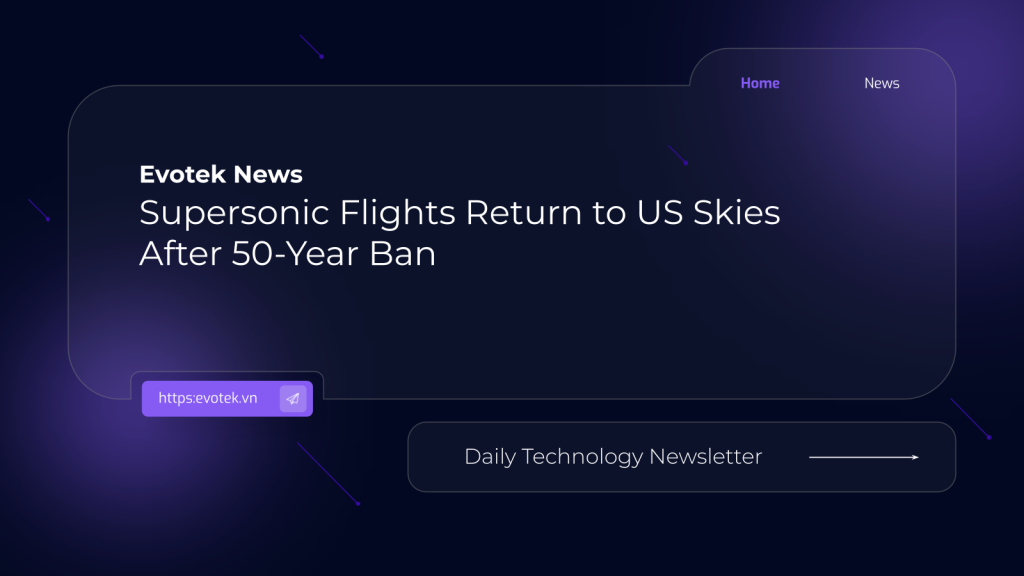After a half-century hiatus, supersonic air travel is poised to make a comeback in the United States. Recent executive orders have lifted the long-standing ban on breaking the sound barrier over U.S. soil, potentially ushering in an era of faster commercial flights.
The White House aims to position the U.S. as the global leader in high-speed aviation. The new directives call for the repeal of the 1973 ban on overland supersonic flight. This ban was initially implemented due to widespread noise complaints and concerns about property damage caused by sonic booms.
The Federal Aviation Administration (FAA) has been tasked with removing regulatory obstacles hindering supersonic flight. Furthermore, the FAA will establish noise certification standards, balancing community acceptance, economic viability, and technological advancements.
Addressing noise concerns, NASA has been developing a “low-boom” supersonic jet, the X-59, designed to minimize disruptive sonic booms. The X-59 has undergone successful testing and is nearing its first flight. Similarly, Boom, a private aerospace company, has been testing its own quieter supersonic aircraft.
According to the White House, the previous regulations stifled American ingenuity and weakened the nation’s competitive edge in aviation. Proposed legislation aligns with these goals, permitting supersonic flights as long as sonic booms do not reach the ground.
Additional executive orders focus on promoting domestic commercial drone development and strengthening defenses against unauthorized drone activity. These measures address safety concerns related to critical infrastructure and large-scale events, such as the 2028 Summer Olympics in Los Angeles.
Source: Taylor Hatmaker, Fast Company News

 日本語
日本語 한국어
한국어 Tiếng Việt
Tiếng Việt 简体中文
简体中文